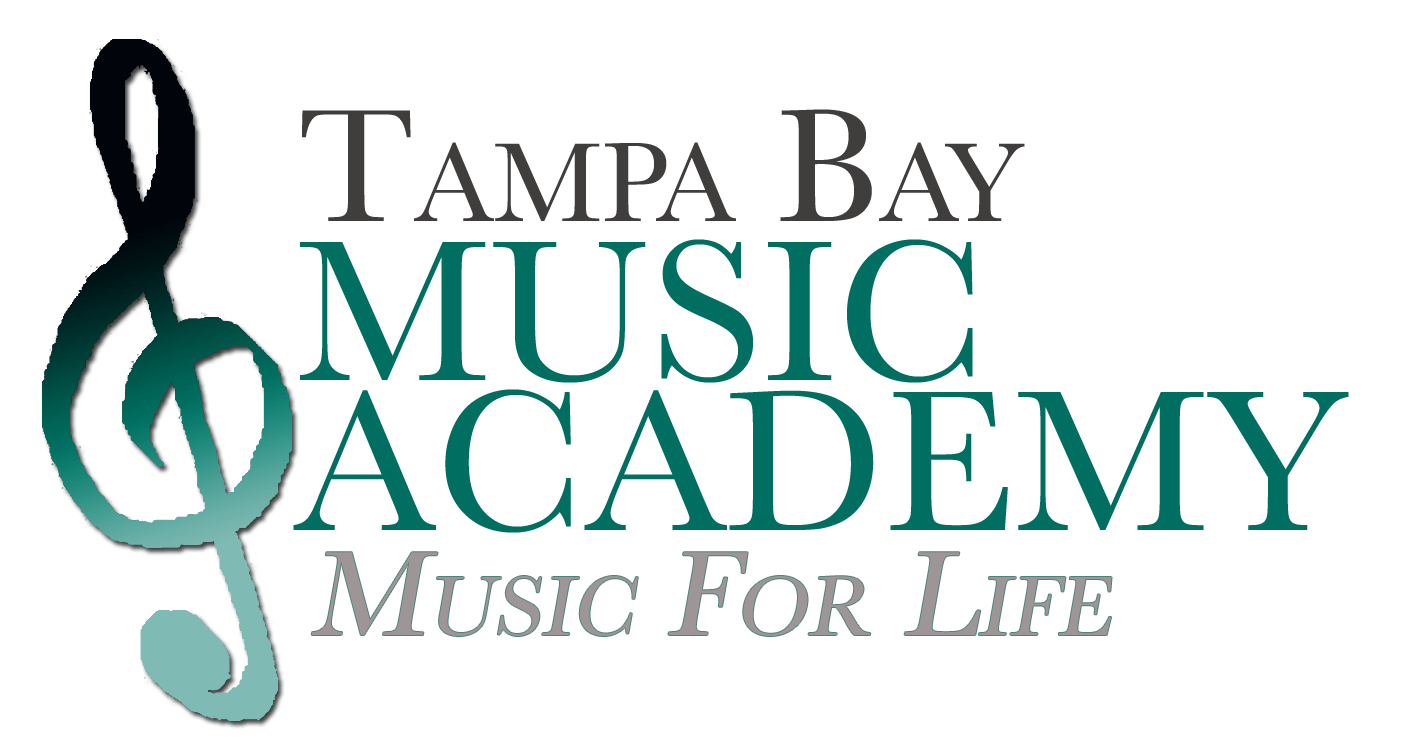Is your child ready for guitar lessons? Are you planning to buy him a cheap one at Wal-mart to see if he sticks with it before you make a big investment? STOP!! Before you buy that flimsy one-size-fits all model consider this:
Your child is much more likely to stick with his guitar lessons if you buy him a quality instrument that sounds good and is comfortable to play.
Wouldn’t you be frustrated if you learned to drive in a car that stalled every mile or so, had no air conditioning or radio, and needed new brakes every six months? Learning an instrument is a similar proposition. Sure, the old jalopy may be able to do the job, but if your child hates the way it sounds and feels, he might give up in frustration before discovering how much fun it can be.
Choosing the Right Size Guitar
A full-size guitar will be difficult for younger students to play and may promote bad posture and incorrect hand position. Guitars generally come in four sizes:
• 1/4 size—Good for players 3’3” to 3’9” in height, or about 4 to 6 years old
• 1/2 size—Good for players 3’10” to 4’5” in height or about 5 to 8 years old
• 3/4 size—Good for players 4’6” to 4’11” in height or about 8 to 11 years old
• Full size—Good for players 5’0 and taller in height, or 12 years old to adult
If you are unsure what size guitar your child needs, talk to your teacher or to a professional guitar salesperson. He or she can help you determine which size your child can play most comfortably.
Choosing The Right Type of Guitar
Electric? Acoustic? Classical? Each type of guitar is used for different types of music and will produce a different quality of sound. We recommend starting out on a classical, nylon-string guitar. This guitar will provide a solid foundation for guitar technique and the nylon strings won’t be as tough on tender fingers as the steel strings of an acoustic or electric guitar.
If your child really has his heart set on the neon orange electric guitar he saw in the shop, however, a boring old classical might disappoint him to the point of giving up on his lessons. In that case, by all means go for the neon orange.
Choosing a Quality Instrument
We don’t recommend buying the cheapest guitar you can find (like the Walmart brand), but you probably don’t want to invest thousands of dollars into a beginner’s instrument either. Opt for a mid-range instrument that displays the following characteristics
• Strings can be easily pressed and held
• No buzzing or clunking sound when a string is played
• Relatively new strings (but remember that brand new strings will not stay in tune well initially)
• Comfortable for your child to hold and play
• Rich tone
Your child’s first musical experiences will set the tone for how he views music the rest of his life. If you make lessons fun, place high value on the learning experience, and choose a quality instrument, you can help your child learn to love his instrument and stick with it, even through the routine of daily practice.
This is a TBMA original article written for our Tampa Bay Music Academy readership. If you find it to be helpful, we would love for you to re-post it on your blog. Please contact us first for permission. Visit our website home for information on finding a music teacher in Tampa, Odessa, Land O’ Lakes, Citrus Park, Westchase, New Port Richey, Lutz, Trinity, Keystone, or Tarpon Springs Florida who offers private piano lessons, guitar lessons, saxophone lessons, voice lessons, or music lessons in any other instrument proficiency category. TBMA teachers (piano, guitar, voice, woodwinds, brass, strings, percussion) pride themselves in a reputation for an uncompromising commitment to excellence and special care taken for every student. We remain absolutely committed to providing an outstanding enrollment experience beyond any other in the region. Call us today. We look forward to hearing from you!

